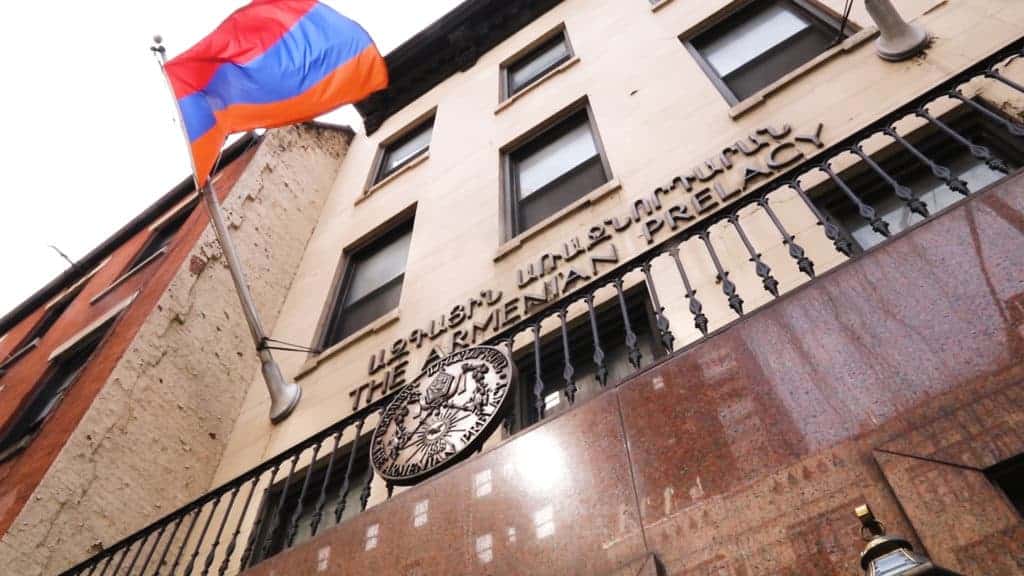
History of the Armenian Prelacy
The Eastern Prelacy of the Armenian Apostolic Church is affiliated with and under the jurisdiction of the Holy See of the Great House of Cilicia, located in Antelias, Lebanon. His Holiness Aram I is the Catholicos of the See of Cilicia.
The Prelacy office was re-established in New York City in 1958 and since that time the Prelacy churches in America have grown and the Prelacy has been responsible for a continuing program of community-wide activities: religious, educational, cultural, and social. Since the tragic earthquake in Armenia in 1988 and with the advent of the fall of the Soviet empire and the independence of Armenia, the Prelacy has expanded its mission in Armenia where the Prelacy currently sponsors many religious, educational, and charitable endeavors.
The Prelate and the Executive and Religious Councils oversee the implementation of the policies and directives of the National Representative Assembly (NRA) which convenes annually. Although the two councils are separate bodies, they meet jointly as a single body under the presidency of the Prelate. The Prelate is elected every four years by the NRA.
Having started with a relatively small number of churches, the Prelacy originally served the entire United States and Canada. As the number of churches grew and the membership increased, especially in California, the Prelacy jurisdiction was divided into two parts, the Eastern and Western Prelacies of the United States, including Canada as part of the Eastern Prelacy. In 2002, a separate Prelacy of Canada was established. The actual area covered by the Eastern Prelacy extends from the East Coast to the Mississippi. The demographic center of the Eastern Prelacy is in the North East, the Armenian population being concentrated most heavily in the U.S. Megalopolis (New England to the District of Columbia).
Oriental Orthodoxy
The Oriental Orthodox communion comprises six churches: Armenian Apostolic, Coptic Orthodox, Syriac Orthodox, Ethiopian Orthodox, Eritrean Orthodox, Malankara Orthodox (Indian Orthodox Church).
The Oriental Orthodox Churches are heirs to some of the richest and most ancient traditions in the Christian world. Each of the six churches traces its origins to apostolic missions of the first century. Saints Thaddeus and Bartholomew are believed to have been martyred in Armenia; St. Mark is referred to as the first bishop of Alexandria; St. Philip is said to have baptized an Ethiopian pilgrim, who returned home to spread the faith in African lands south of Egypt; Antioch is mentioned in the book of Acts as the place where the term “Christian” was first used, and St. Thomas is believed to have been martyred in South India.
The Oriental Orthodox Churches were united with Rome and Byzantium in a common profession of faith until the fifth century when the Council of Chalcedon (451) proclaimed Christ to have two distinct natures–human and divine–united in one person. While the Roman and Byzantine Churches came to accept Chalcedon as the Fourth Ecumenical Council, the Oriental Orthodox Churches acknowledge only the first three (the First Council of Nicaea, the First Council of Constantinople, and the First Council of Ephesus). Their theology, which closely follows the teaching of St. Cyril of Alexandria, holds that Christ has only one nature, at once human and divine.

